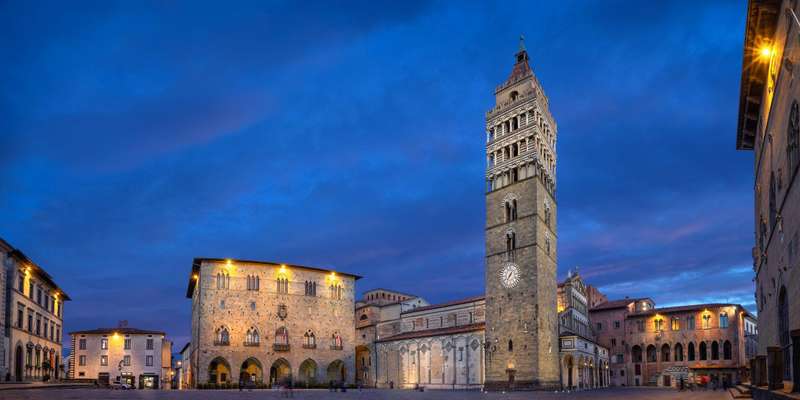- Home
- Useful Tips
- Pistoia's underground tunnels:...
Beneath Pistoia's charming medieval streets lies a labyrinth of forgotten tunnels most visitors never see. Over 85% of day-trippers to this Tuscan gem miss the underground network entirely, unaware these passageways hold centuries of history. The frustration is real – travelers arrive to find limited tour slots, confusing access points, or worse, queue for hours only to discover the tunnels are closed for preservation. These aren't just damp corridors but time capsules showcasing everything from ancient aqueducts to WWII hideouts. Without local knowledge, you might wander past unmarked entrances or misunderstand the significance of what you're seeing. The tunnels' sporadic opening hours and delicate ecosystem mean spontaneous visits often end in disappointment, leaving cultural treasures unexplored.


Decoding Pistoia's underground access – when and where to enter
The tunnel system's fragmented ownership creates a maze of regulations even before you descend. While some sections like the Hospital del Ceppo tunnels welcome visitors daily, others like the ancient Ghibelline passages require special permission. Local guides know the Hospital entrance on Via degli Orafi offers the most reliable access, especially before 11 AM when school groups arrive. Underground temperatures remain a constant 14°C (57°F) year-round – a blessing in summer but requiring layers in winter. What most miss is the connection between surface landmarks and subterranean routes; the tunnel beneath Palazzo dei Vescovi aligns perfectly with the cathedral's lost medieval entrance. Conservation efforts mean some areas rotate availability, but Wednesday mornings typically see the fewest closures for maintenance.
Beyond the basics – interpreting what you're actually seeing
Many visitors emerge from the tunnels with photos but little understanding of the stratified history beneath their feet. The brickwork tells its own story – Roman-era arches transition abruptly into 13th-century masonry near Via del Lastrone. Local historians emphasize three often-overlooked details: the ventilation shafts disguised as street drains in Piazza della Sala, the smuggler's notch in the tannery tunnel wall, and the mysterious symbols carved near ancient water channels. These aren't mere engineering features but clues to Pistoia's role in regional power struggles. The tunnels served as everything from grain stores during sieges to resistance meeting points, with each modification leaving physical traces. Without context, you might mistake a 16th-century reinforcement for original construction or overlook the strategic sightlines toward Montecatini.
Securing your spot without the hassle – timing and ticket insights
Pistoia's tunnel visits operate on a hybrid system that baffles many first-timers. While the Hospital section sells tickets on-site, the civic-owned tunnels require online reservations through a poorly translated portal. Locals know the secret third option – combined passes sold at the lesser-known Museo Marino Marini include same-day tunnel access when available. Midweek visits between October and April practically guarantee entry, while summer weekends see 2+ hour waits by 10:30 AM. A little-known rule allows groups under six to join guided tours without booking if spaces remain 15 minutes before departure. The real pro move? Pair your tunnel visit with the Wednesday/Saturday market when staff focus on surface crowds, often resulting in quieter underground conditions despite the busy streets above.
The responsible explorer's guide – preserving Pistoia's hidden legacy
Recent studies show improper visitor behavior accelerates tunnel deterioration up to 300% faster than natural processes. The fragile ecosystem thrives when travelers follow unwritten rules: never touch the salt-encrusted walls (the moisture speeds erosion), use only warm-white flash photography, and stay mindful of the 'silent zones' where vibrations endanger unstable sections. Local preservationists appreciate visitors who bring reusable shoe covers (available at some pharmacies near Piazza del Duomo) rather than using disposable ones. Beyond physical protection, there's cultural respect – these tunnels still hold significance for Pistoia's residents. Many elders remember wartime shelter days, and some passages remain part of active cellar systems. The best visits happen when travelers approach not as spectators but as temporary guests of history.
